How To Optimise Your Wheel Loader For Your Project
Optimising your wheel loader in today’s demanding construction and mining projects can significantly improve productivity, efficiency, and overall project success. By implementing strategic techniques and practices, you can unleash the full potential of your wheel loader, ensuring it operates at peak performance while meeting project requirements. This article explores the various aspects of wheel loader […]
Tips For Choosing The Right Wheel Loader For Your Business
Choosing the right wheel loader for your business can be daunting, especially if you’re unfamiliar with the different types of loaders available in the market. A wheel loader is an essential piece of equipment for many businesses, from construction sites to farming operations, and it’s important to choose one that meets your company’s specific needs. […]
5 Important Tips for Daily Wheel Loader Maintenance
A wheel loader or front-end loader is the backbone of any construction project, providing essential mobility and stability. Thanks to their large wheels, this heavy equipment excels at handling damp surfaces while carrying significantly larger loads than an excavator due in part to their front-and-rear axle structure. Wheel loaders are indeed valuable assets for any […]
Everything You Need to Know About Renting a Wheel Loader
The ever-changing dynamics of the mining and construction sector call for versatile and high-spec wheel loaders. Also known as front-end loaders, wheel loaders are large four-wheel drive machines with mighty strength and durability to carry out heavy earthmoving tasks. Its purpose is to lift, hold and transport materials on a mining or construction job site […]
Optimising your wheel loader in today's demanding construction and mining projects can significantly improve productivity, efficiency, and overall project success. By implementing strategic techniques and practices, you can unleash the full potential of your wheel loader, ensuring it operates at peak performance while meeting project requirements.
This article explores the various aspects of wheel loader optimisation, providing valuable insights and practical tips to enhance your project's efficiency and achieve exceptional results. So embark on this journey to master the art of wheel loader optimisation and unlock the true power of your construction projects.
1. Evaluating Project Requirements
Before diving into wheel loader optimisation, evaluating your project's specific requirements is crucial. Start by assessing the scope and objectives of the project to understand its scale and complexity. Next, consider factors such as the volume of material to be moved, the completion timeline, and any challenges that may arise.
Analyse the terrain and environmental factors impacting your wheel loader's performance. For example, consider the nature of the ground, whether it's rough, muddy, or uneven. Additionally, consider environmental conditions such as temperature, humidity, and potential hazards that may affect machine operation.
Determining load and material specifications is equally important. Calculate the average weight and volume of the materials to be handled by the wheel loader. Identify any special requirements, such as handling delicate or hazardous materials, to ensure the loader's capacity and capabilities align with the project's demands.
By thoroughly evaluating project requirements, you can lay a solid foundation for effective wheel loader optimisation and ensure that the machine is tailored to meet the specific needs of your project.
2. Selecting The Right Wheel Loader
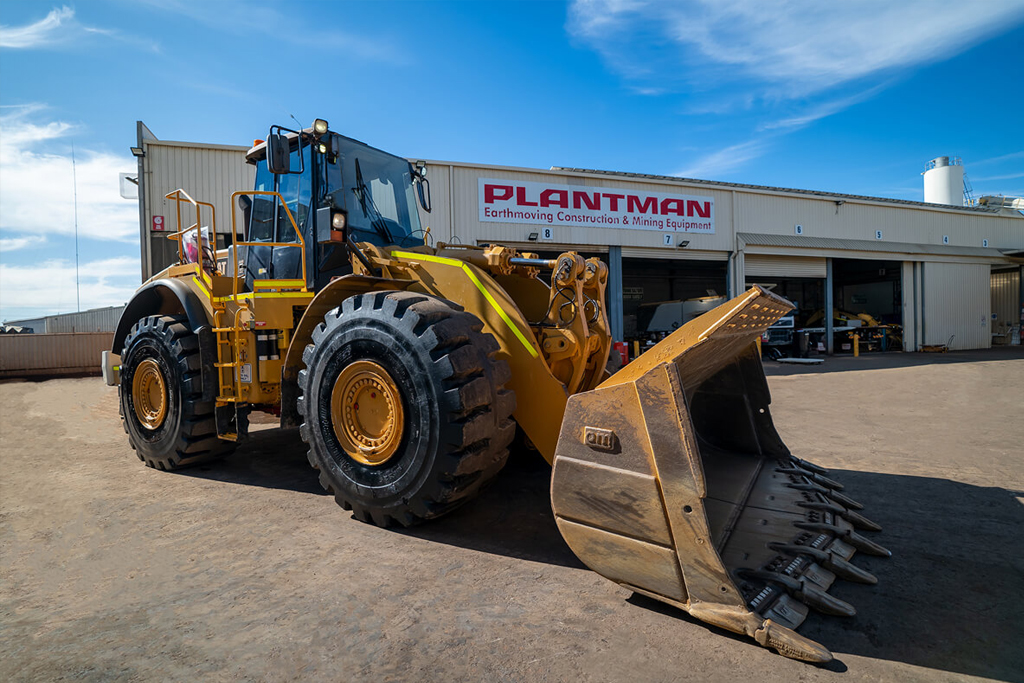
Selecting the right wheel loader is crucial for optimal project performance. Consider the following factors when choosing a wheel loader that meets your project's requirements.
Matching Loader Size To Project Scale
Firstly, match the loader size to the scale of your project. For example, smaller projects may require compact wheel loaders, while larger-scale projects may demand larger loaders for increased productivity. Next, assess the available space on the worksite and the manoeuvrability required to determine the appropriate loader size.
Considering Weight Capacity & Bucket Size
Secondly, consider the weight capacity and bucket size of the wheel loader. Ensure the loader has the lifting capacity to handle the anticipated loads efficiently. Select a bucket size that aligns with the project's material specifications and volume requirements. An appropriate weight capacity and bucket size combination will maximise the loader's productivity.
Evaluating Fuel Efficiency & Emission Standards
Lastly, evaluate the fuel efficiency and emission standards of the wheel loader. Opt for models that offer high fuel efficiency, as this can result in significant cost savings over the course of the project. Additionally, consider loaders that comply with emission standards to minimise the environmental impact of your operations.
By carefully considering loader size, weight capacity, bucket size, fuel efficiency, and emission standards, you can select the right wheel loader that optimally matches your project's needs, leading to increased productivity, cost-effectiveness, and environmental sustainability.
3. Efficient Machine Operation
Efficient machine operation is essential for maximising the performance of your wheel loader. To achieve this, focus on the following aspects.
Operator Training & Skill Development
Invest in operator training and skill development. Provide comprehensive training programs to ensure operators operate the wheel loader proficiently. Training should cover various aspects, such as machine controls, safety procedures, load-handling techniques, and maintenance practices. Continuous skill development through refresher courses and staying updated with industry advancements are crucial for efficient operation.
Implementing Safe Operating Procedures
Implement safe operating procedures—Prioritise safety by establishing clear guidelines and protocols for wheel loader operation. Ensure operators understand and follow safety measures such as wearing appropriate personal protective equipment (PPE), conducting pre-operational inspections, and adhering to traffic management plans. Promoting a safety culture can prevent accidents and ensure the well-being of operators and those around the worksite.
Maximising Productivity Through Effective Communication
Maximise productivity through effective communication. Foster clear and open lines of communication between operators, supervisors, and other project stakeholders.
Efficient coordination and communication help streamline workflow, identify potential challenges, and address issues promptly. Regular team meetings and effective communication channels can significantly enhance productivity and project efficiency.
You can ensure efficient machine operation by emphasising operator training, implementing safe operating procedures, and promoting effective communication. This leads to enhanced productivity, reduced downtime, and improved overall project performance.
4. Optimising Fuel Consumption
Optimising fuel consumption is crucial for cost-saving and environmental sustainability. Consider the following approaches to achieve fuel efficiency.
Fuel Management Strategies
Monitor fuel usage and establish protocols for efficient fuel consumption. This may include tracking fuel consumption records, setting fuel efficiency goals, and promoting responsible fuel handling practices. In addition, encourage operators to adopt fuel-saving techniques, such as avoiding unnecessary idling and reducing aggressive acceleration.
Utilising Technology For Efficiency
Take advantage of advanced technologies designed to enhance fuel efficiency in wheel loaders. For example, Telematics systems can provide real-time data on fuel consumption, allowing you to identify inefficiencies and make informed decisions. GPS and fleet management systems can also help optimise routes, reduce idle time, and improve overall fuel management.
Tips For Reducing Idle Time
Excessive idling can significantly impact fuel consumption. Encourage operators to minimise idle time by shutting down the engine during extended periods of inactivity. Implement automatic engine shutdown features or reminders to keep idle time to a minimum.
Regularly educate operators about the importance of reducing idle time and its impact on fuel efficiency. This results in cost savings and contributes to environmental sustainability by reducing carbon emissions.
5. Maintenance & Inspections
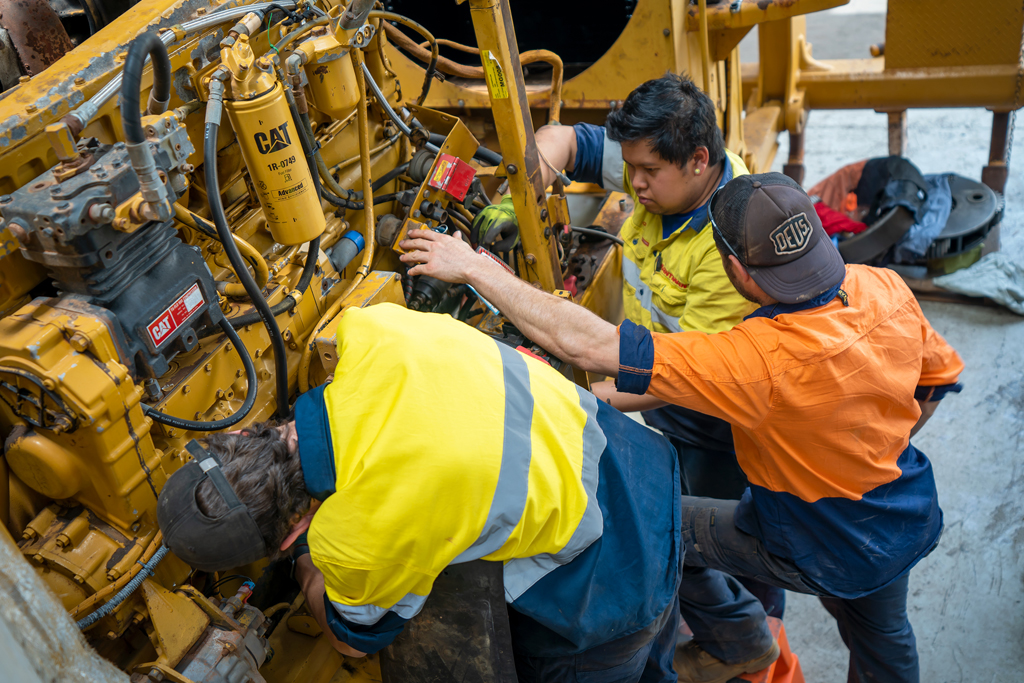
Proper maintenance and regular inspections are vital for keeping your wheel loader in optimal condition. Focus on following proper aspects to ensure effective maintenance.
Regular wheel loader maintenance helps identify and address potential issues before they escalate, reducing the risk of breakdowns and costly repairs. It also extends the lifespan of your wheel loader, enhances its performance, and ensures safe operation. Adhering to manufacturer-recommended maintenance schedules is crucial for optimal machine performance.
Implement a daily inspection checklist. This can help the operator to know more about their machinery. Conducting daily inspections before operating the wheel loader is essential. The checklist should include items such as checking fluid levels, inspecting tyres, examining hydraulic systems, and testing safety features. This ensures that the machine is in good working condition and any potential issues are detected early.
Adopt key maintenance practices for optimal performance. This includes regular servicing, such as changing filters and fluids, lubricating moving parts, and inspecting and tightening connections. Keep a record of maintenance activities and address any identified issues promptly. Additionally, ensure proper storage of the wheel loader when not in use, protecting it from adverse weather conditions and potential damage.
6. Tyre Maintenance & Management
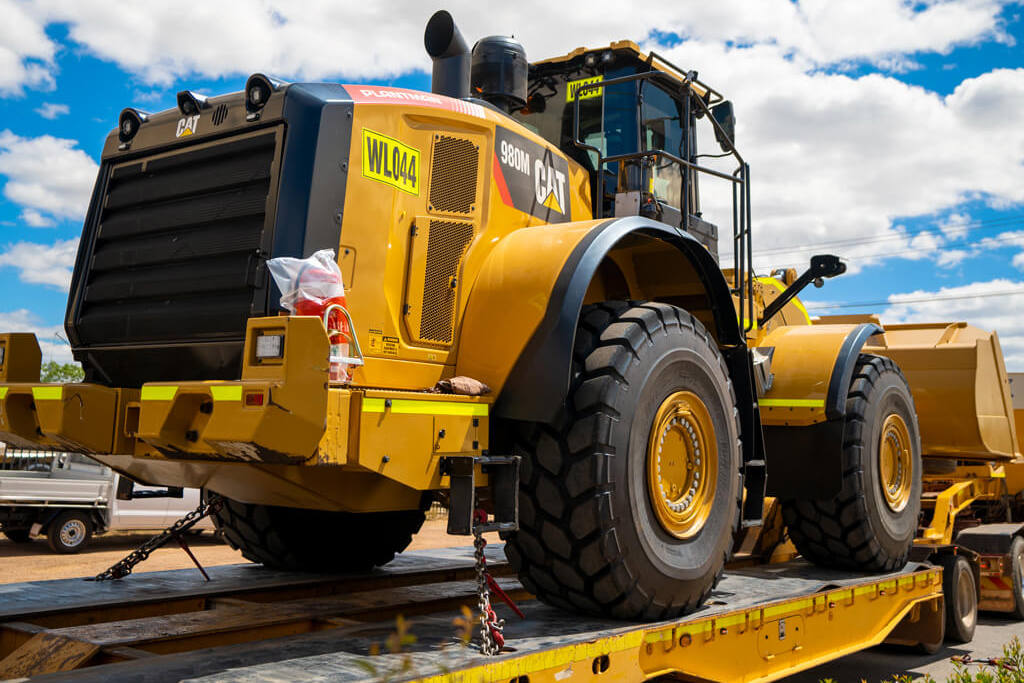
Proper tyre maintenance and management are essential for your wheel loader's optimal performance and safety. Focus on the following aspects when it comes to tyres.
Ensure Proper Tyre Selection For Different Terrains
Choose tyres suitable for your project's specific conditions and terrains. Consider factors such as tread pattern, tyre size, and load capacity. For example, off-road tyres are designed for rough terrains, while smooth tyres are suitable for flat surfaces. Selecting the right tyres enhances traction, stability, and overall machine performance.
Prioritise Tyre Pressure Monitoring & Adjustment
Maintain proper tyre pressure by regularly monitoring and adjusting it as needed. Improper tyre pressure can lead to reduced fuel efficiency, increased tyre wear, and compromised safety. Utilise tyre pressure monitoring systems and follow manufacturer recommendations for the appropriate pressure levels. Regularly inspect tyres for any signs of damage or wear.
Extend Tyre Lifespan Through Maintenance Practices
Implement a comprehensive maintenance routine that includes regular cleaning, inspection for punctures or cuts, and tyre rotation. Properly aligning the wheel loader's tyres helps distribute the load evenly, reducing uneven wear. Additionally, ensure that wheels and rims are properly fitted and secured to prevent damage and maintain stability.
7. Operator Comfort & Ergonomics
Operator comfort and ergonomics play a crucial role in enhancing productivity and ensuring the well-being of operators. Therefore, you should recognise the importance of the operator's well-being.
Encourage regular breaks, promote a healthy work-life balance, and address any concerns or issues raised by operators. Support their well-being through training programs, access to resources, and fostering a positive work culture.
Focus on ergonomic cab design and features. Design the wheel loader's cab with ergonomics in mind to reduce operator fatigue and improve efficiency. Consider factors such as seat comfort, adjustable controls, and easily accessible instruments.
Ensure that the controls are intuitive and well-placed, reducing the need for excessive reaching or stretching. Incorporate features such as air conditioning, heating, and adequate ventilation to maintain a comfortable working environment in different weather conditions.
By prioritising operator well-being and incorporating ergonomic cab design and features, you create a comfortable and safe working environment for wheel loader operators. This increases operator satisfaction, reduces fatigue-related errors, and improves overall productivity.
8. Environmental Considerations
In today's environmentally conscious world, it is crucial to consider and implement environmentally friendly practices in wheel loader operation. Adopt sustainable practices in wheel loader operation. Promote fuel-efficient driving techniques, such as smooth acceleration and deceleration, to minimise fuel consumption and reduce carbon emissions.
Encourage operators to avoid unnecessary idling, turn off the engine when not in use, and plan efficient routes to minimise fuel consumption. In addition, implement regular equipment maintenance to ensure optimal performance and fuel efficiency.
Adhere to environmental regulations. Familiarise yourself with local, national, and international environmental regulations related to wheel loader operations. Comply with emission standards, noise regulations, and waste management protocols. Stay updated with any changes in regulations and ensure your operations align with the prescribed environmental guidelines.
Consider using alternative fuels such as biodiesel or electric power options for your wheel loader. These alternatives offer reduced carbon emissions and lower environmental impact. In addition, evaluate the feasibility of implementing renewable energy sources for charging electric wheel loaders, such as solar or wind power.
By implementing sustainable practices, adhering to environmental regulations, and exploring eco-friendly fuel and energy alternatives, you can contribute to a greener and more sustainable wheel loader operation. This helps protect the environment and demonstrates your commitment to corporate social responsibility.
9. Extending Machine Lifespan
Extending the lifespan of your wheel loader is crucial to maximise its value and performance. Consider the following practices.
Proper Storage & Protection
When the wheel loader is not in use, store it in a designated area that provides protection from the elements, such as a covered shed or garage. Protect the machine from exposure to harsh weather conditions, excessive moisture, and direct sunlight. Use covers or tarps to shield the machine from dust, debris, and UV rays. Implement security measures to prevent theft or unauthorised access.
Scheduled Maintenance For Longevity
Follow a comprehensive maintenance schedule to keep the wheel loader in optimal condition. This includes regular inspections, lubrication of moving parts, and replacement of worn-out components. Adhere to manufacturer recommendations for servicing intervals and use genuine parts for repairs. Regular maintenance helps identify potential issues before they escalate and extends the lifespan of the machine.
Retrofitting & Upgrading Options
As technology advances, explore retrofitting or upgrading options to enhance the performance and lifespan of your wheel loader. Upgrades can include installing advanced telematics systems, upgrading to more fuel-efficient engines, or incorporating new safety features. Consult with equipment manufacturers or specialists to identify suitable retrofitting or upgrading options based on your specific needs and budget.
By implementing proper storage and protection practices, scheduling regular maintenance, and exploring retrofitting and upgrading options, you can extend the lifespan of your wheel loader. This not only maximises its value but also ensures reliable performance and minimises costly downtime.
10. Safety Precautions & Risk Mitigation
Wheel loader safety is paramount when dealing with heavy equipment. Prioritise the well-being of operators, workers, and bystanders by promoting a strong safety culture. Conduct regular safety training programs to educate operators on safe operating practices, hazard identification, and emergency procedures. Emphasise the significance of adhering to safety guidelines and procedures to prevent accidents and injuries.
Adhere to personal protective equipment (PPE) guidelines. Provide operators and workers with the necessary PPE to ensure their safety. This includes items such as high-visibility vests, hard hats, safety glasses, gloves, and steel-toe boots.
Ensure that PPE is in good condition, properly fitted, and used consistently during wheel loader operations. Regularly communicate and enforce PPE requirements to all personnel on the worksite.
Identify potential risks associated with wheel loader operations and take appropriate measures to minimise them. Conduct thorough site assessments to identify hazards such as uneven terrain, overhead obstructions, or unstable ground conditions.
Implement safety protocols and procedures for specific tasks, such as loading and unloading materials. Additionally, consider environmental risks and take measures to protect natural resources, prevent pollution, and comply with environmental regulations.
By emphasising the importance of safety, providing adequate personal protective equipment, and mitigating operational and environmental risks, you create a safer working environment for wheel loader operations. This not only protects personnel from harm but also promotes productivity, reduces downtime due to accidents, and enhances overall project success.
Optimise Your Wheel Loader For Success
Unleashing the full potential of your wheel loader requires a holistic approach. By implementing the key optimisation strategies discussed, you can enhance efficiency, productivity, and safety in your wheel loader operations. Remember, continuous improvement and focusing on the well-being of operators and the environment are key to long-term success.
Plantman provides a comprehensive selection of wheel loaders suitable for various applications, including construction, civil works, and mining. Our range includes skid steer loaders and a diverse fleet of heavy earthmoving equipment that can be hired or purchased.
All our products are specifically engineered to tackle demanding tasks in challenging environments. Regardless of the complexity of your terrain, Plantman has the perfect earthmoving solution to meet your requirements.
We offer flexible finance options and boast a team of experts who truly understand your business. There are numerous compelling reasons to choose us as your provider of heavy equipment. Moreover, we provide full customisation options, ensuring that every machinery or vehicle you acquire from Plantman is perfectly tailored to your specific needs.
Don't hesitate to reach out to our friendly team by filling in the form below. Or, you can call 08 9274 7820 today to get started and discuss your requirements with our specialists.
Related Products
- CATERPILLAR 966F WHEEL LOADER | WL003
- CATERPILLAR 988H WHEEL LOADER | WL024
- KOMATSU WA250PZ-6 WHEEL LOADER | WL037
- CATERPILLAR 988K WHEEL LOADER | WL047
BROWSE RELATED PRODUCTS!
BROWSE NOW12 Jun, 2023
7 Expert Tips For Heavy Equipment Financing: The Ultimate Guide To Success
Heavy Equipment



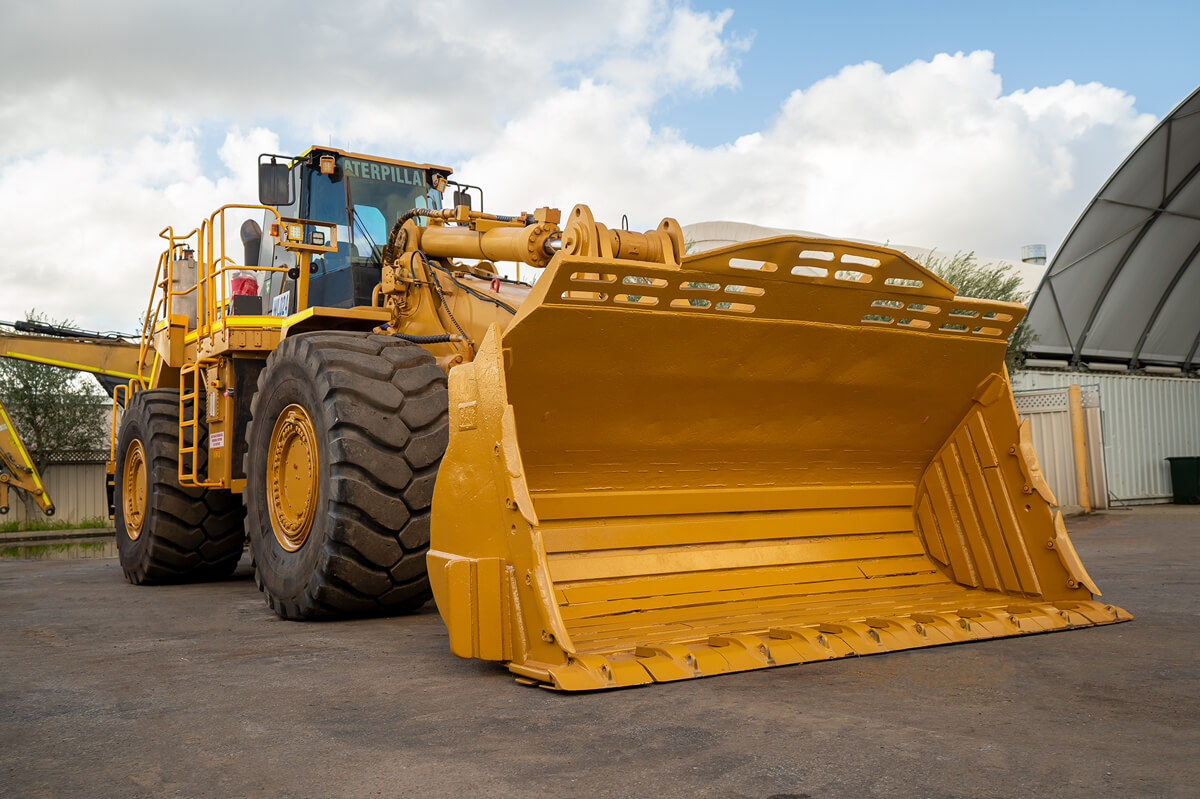
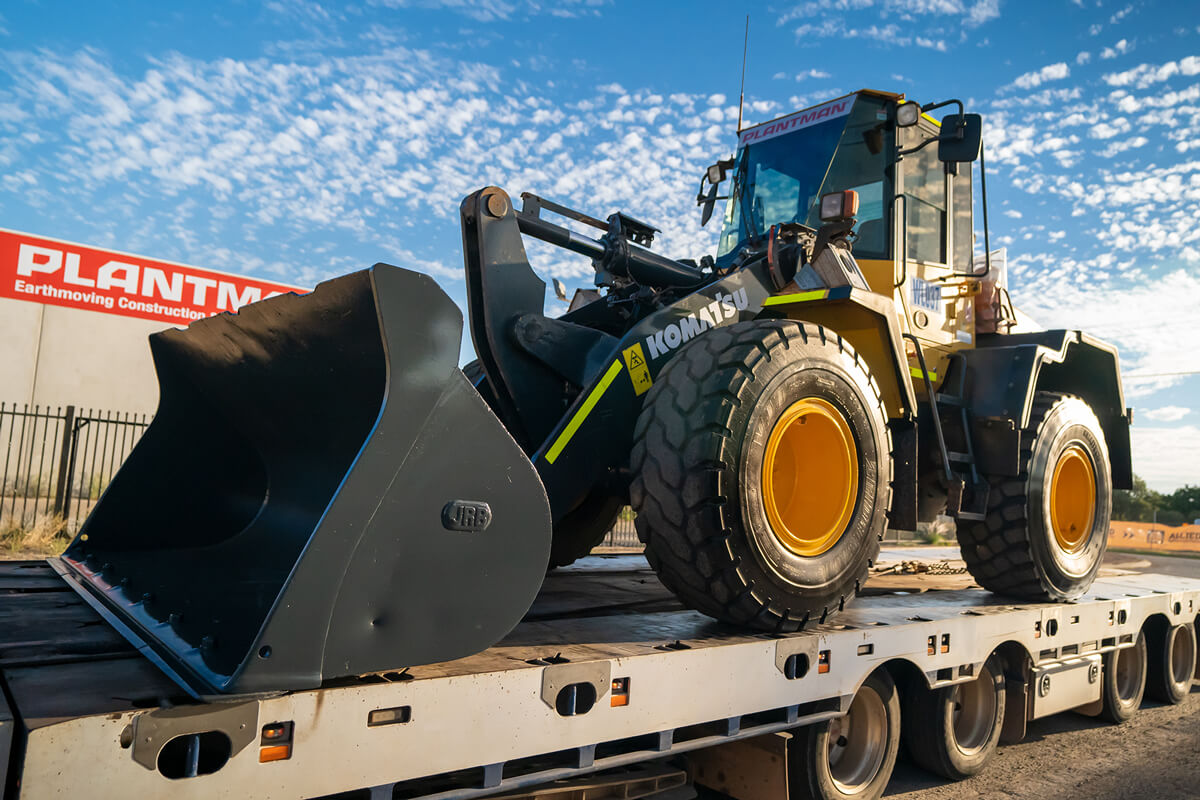
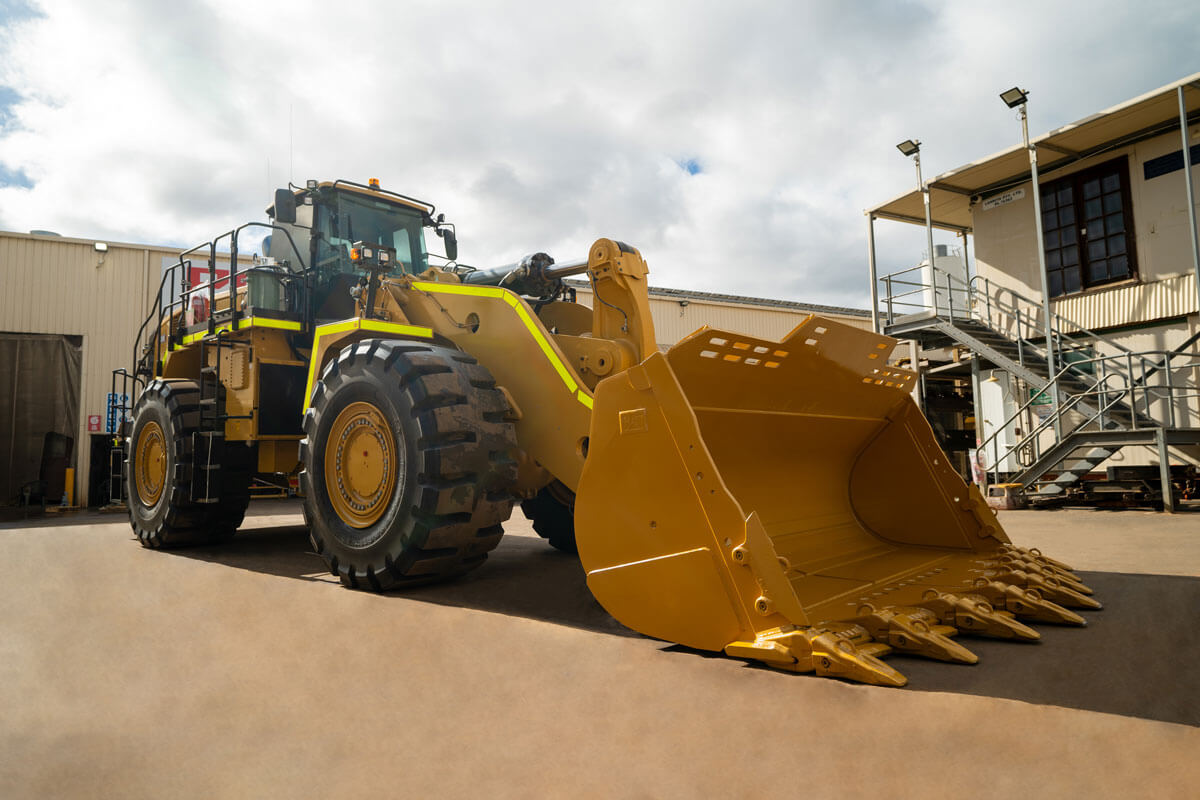
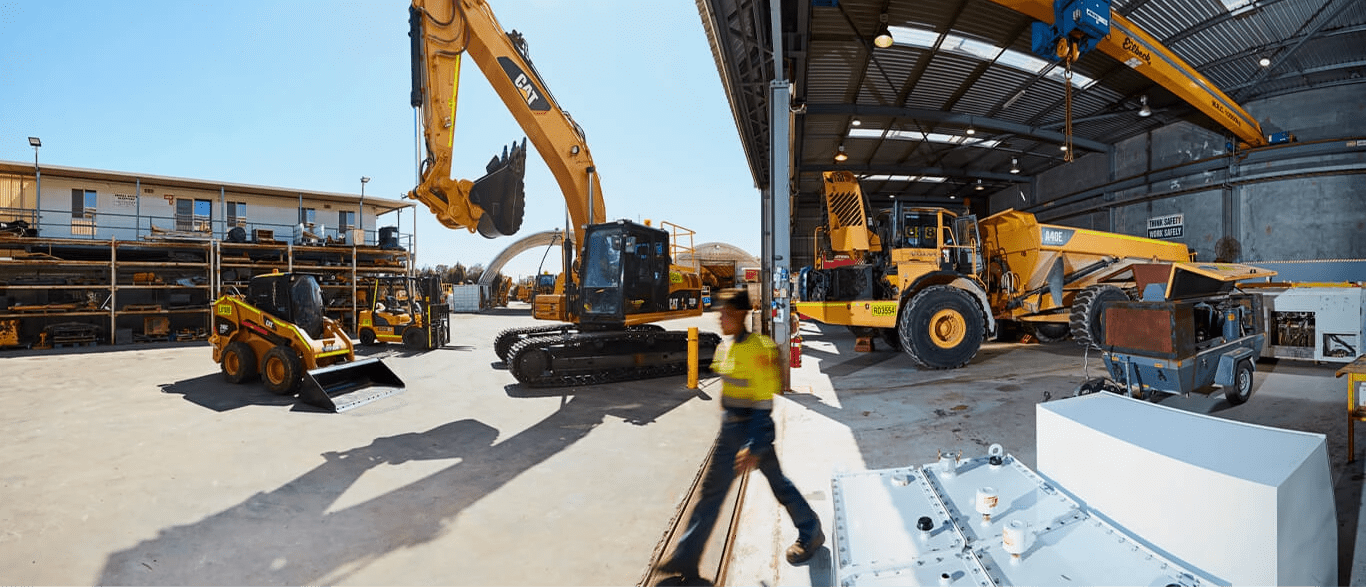

Now that I’ve found Plantman and they’re local which is a bonus, I won’t need to look elsewhere. They also have an extensive range of equipment that suits our requirements for servicing the mining industry. I have no hesitation in recommending Plantman to any of our clients. Well Done!!!